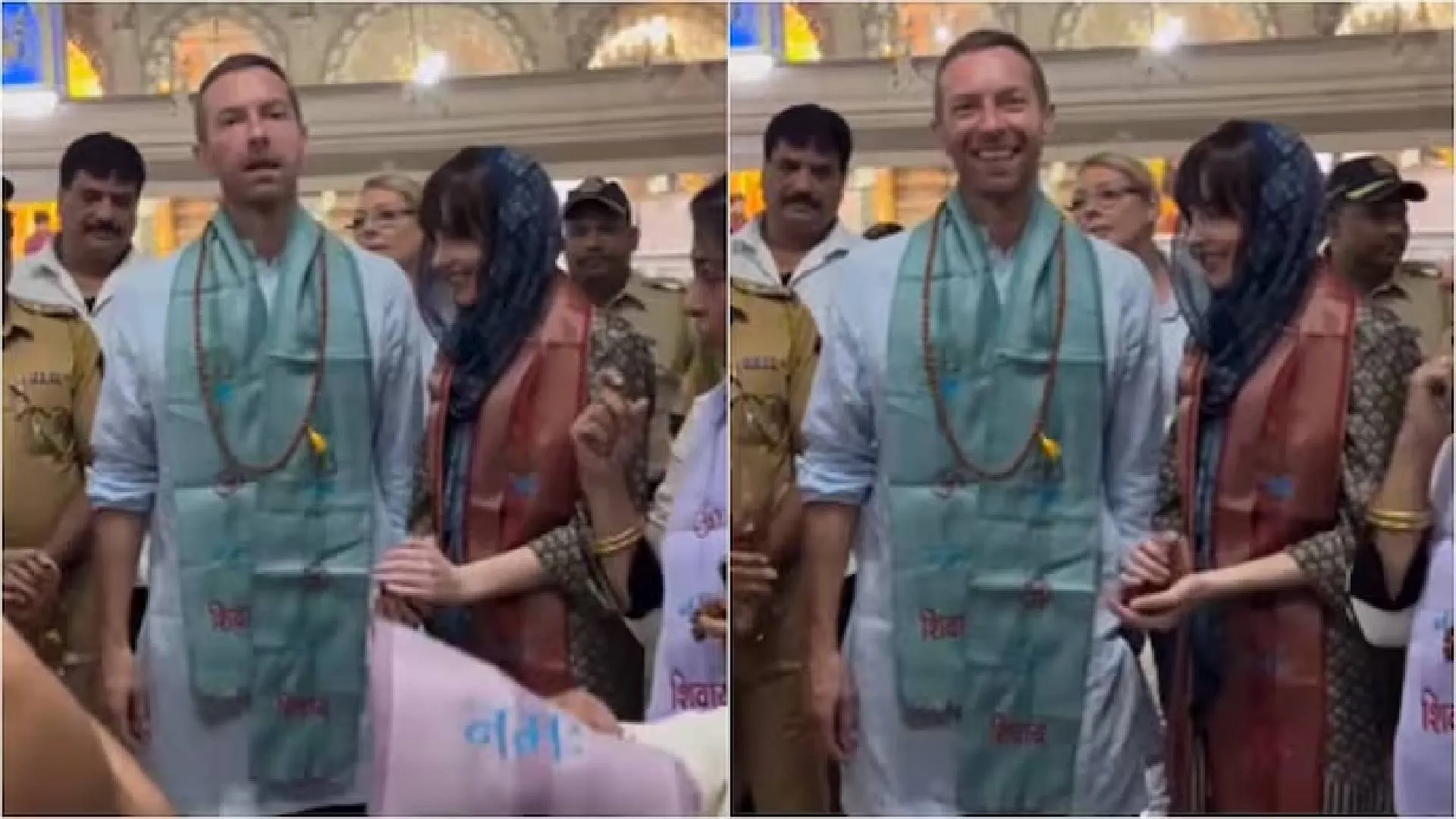The hardline Islamic regime of Iran is baring its fangs as it tries to crush the resistance led by the women of the country against the oppressive rule of the clerics. Several videos are doing the rounds of social media of men clad in black assaulting women with batons for daring to remove their hijab, or for even standing at street corners peacefully. The protests started as a response to the death of 22-year-old Mahsa Amini, who was arrested for not wearing the hijab/headscarf “properly” and was possibly tortured in custody by Iran’s “morality police”. The job of the morality police—known as the Gasht-e-Ershad or guidance patrols—is to ensure that Iranians strictly follow the Islamic dress code, which bans the wearing of tight trousers, torn jeans, exposure of knees, coloured clothes, apart from making the use of hijab mandatory for women. Any violation can land people in jail, but as it happens with all such antediluvian customs and laws worldwide, it is the women who are always the target, with the drafters of such laws and the enforcers being primarily men. It will be worthwhile to remember what Nobel Laureate Shireen Ebadi said about the Islamic Revolution of 1979 that brought the clerics to power in Iran. In an essay titled, “Islamic law and the revolution against women”, Ebadi wrote, “Although the 1979 revolution in Iran is often called an Islamic revolution, it can actually be said to be a revolution of men against women. It led to the enactment of numerous discriminatory laws against women, which effectively took us back in time.” As Ebadi points out, after the Islamic revolution, one of the first things that the “revolutionary council” did, even before the drafting of the Constitution, was to legalise polygamy, by which a man could take four wives. Stoning to death for adultery may no longer take place in Iran, but it remains in the law books as a possibility, since it has not been eliminated from there. According to human rights groups, at least 150 people were executed by stoning between 1980 and 2009 in Iran. Most of the victims were women. In short, gender-based discrimination—even violence—has been made into law by Iran, just like in several other Islamic countries where the respective regimes misinterpret the Shariah to suit their own interests, as in Afghanistan.
So, when the women of Iran rise up in revolt, women all across the world should take note. The Iranian women are setting an example by fighting both a patriarchal culture and a regressive and oppressive regime. At the time of writing, more and more women are coming out on the streets, discarding their hijab, cutting their hair, daring the security forces to arrest them, while men join them in solidarity. The hard-line regime, not knowing how to handle the protests, has started resorting to violence, including by opening fire on the protesters, resulting in multiple deaths. If they continue to behave in this manner, the “gender revolution” that is taking place on the streets of Iran will consume them sooner or later.
Now contrast this with the situation in India, where a section of the minority community is pushing its young girls to wear the hijab and is presenting it as their choice and as an essential part of their religion. Conditioned thus, many such youngsters are agitating for their right to wear the hijab in their educational institutions. Wearing the hijab is not banned in India, but if anyone gives the argument that unless little girls of 10 or 11, or even older, cannot go to school unless they cover themselves from head to foot, it becomes an issue of placing one’s religious identity above education, which is a shame.
Just like the ghunghat, which some Hindu women in rural India wear to cover their head as a mark of modesty, wearing the hijab is a sign of regression, a symbol of submitting to patriarchy. It is not a question of choice to dress the way one wishes to—such an argument is given when the mind has been conditioned to believe that covering oneself from the male gaze is the right thing to do for women and girls, even if that girl is 10 years old. No symbol of patriarchy can be made into a matter of women’s right or religious identity.
The problem stems from the inability to value the freedom and the rights that India gives its citizens. In Iran, they are fighting with their lives to get that freedom. Indian women who are adamant about wearing the hijab, should take a lesson from their Iranian sisters, who are an inspiration to women the world over.
















